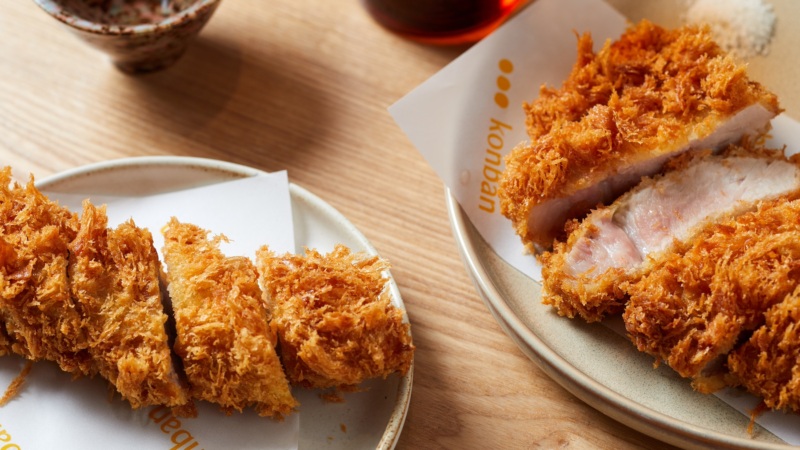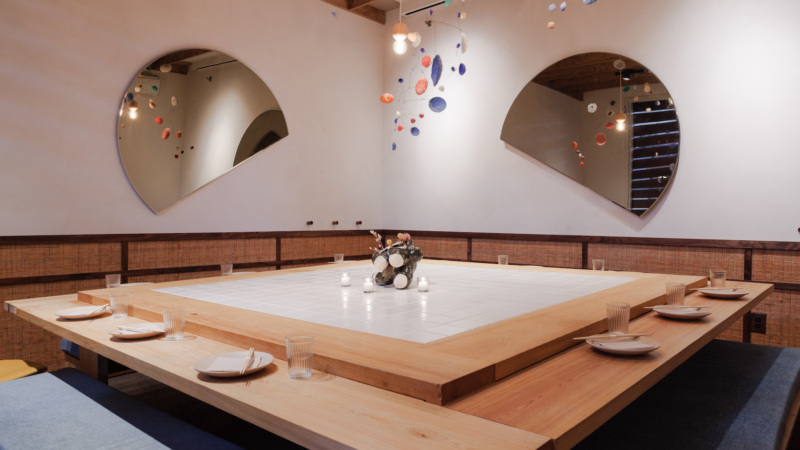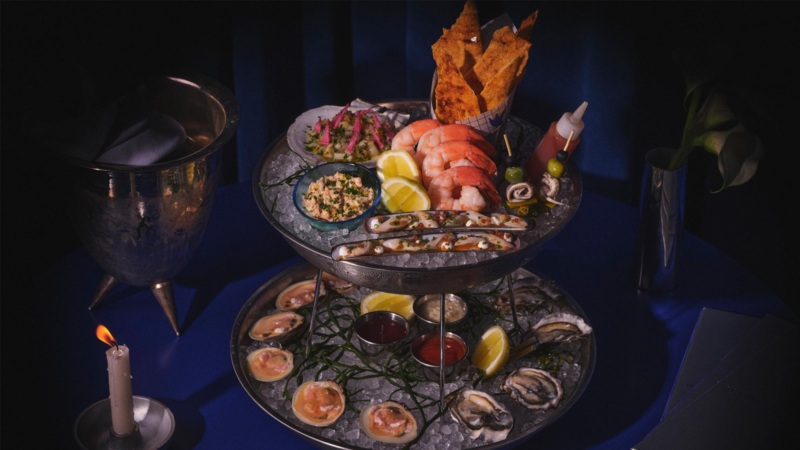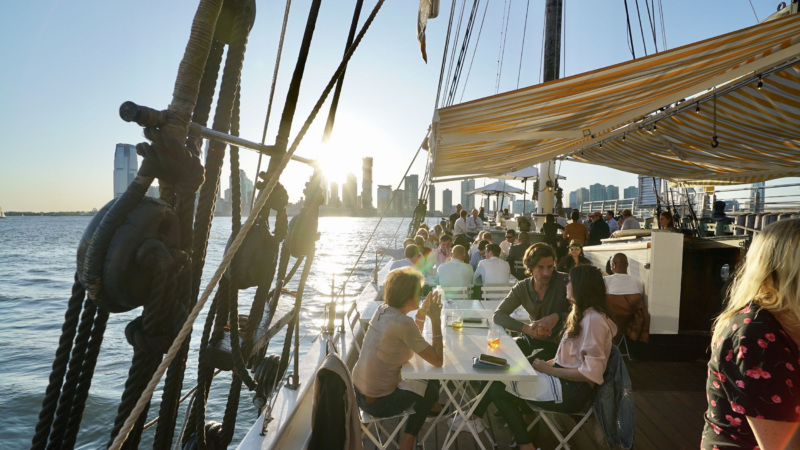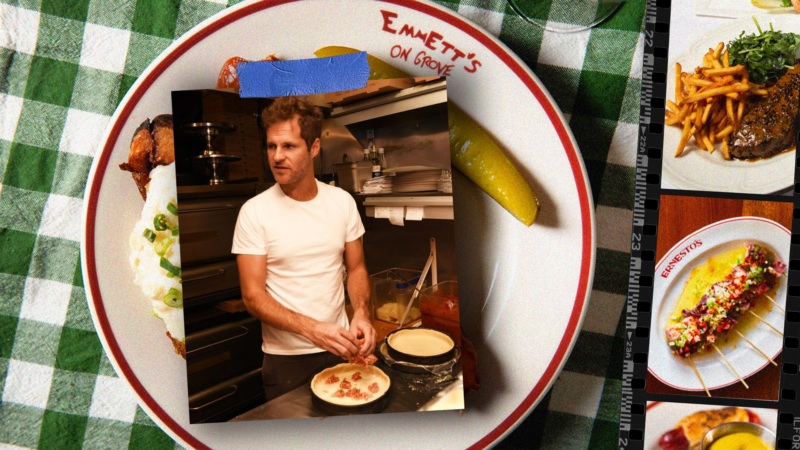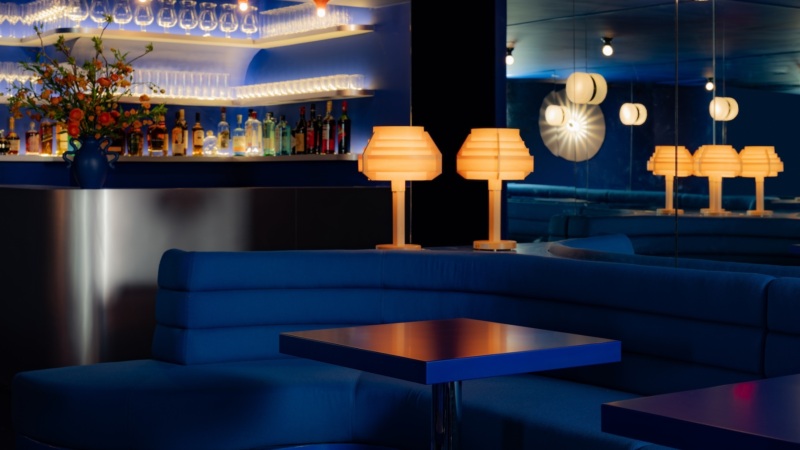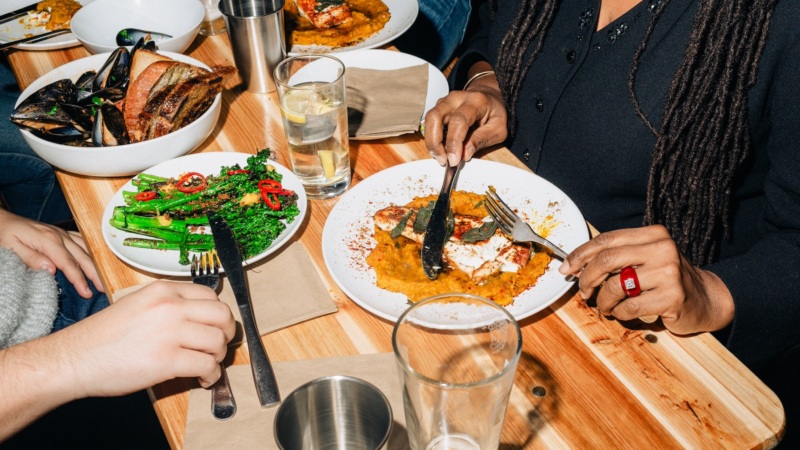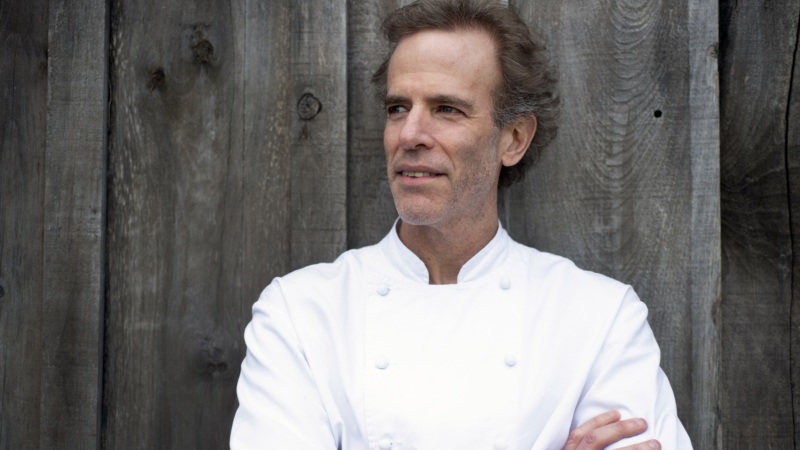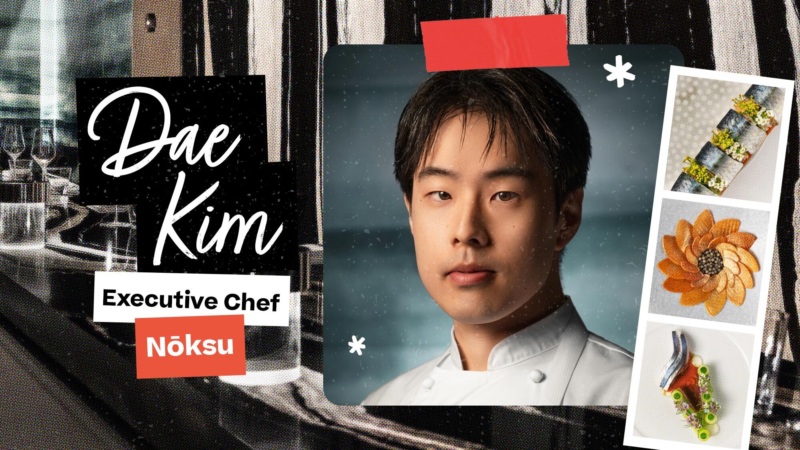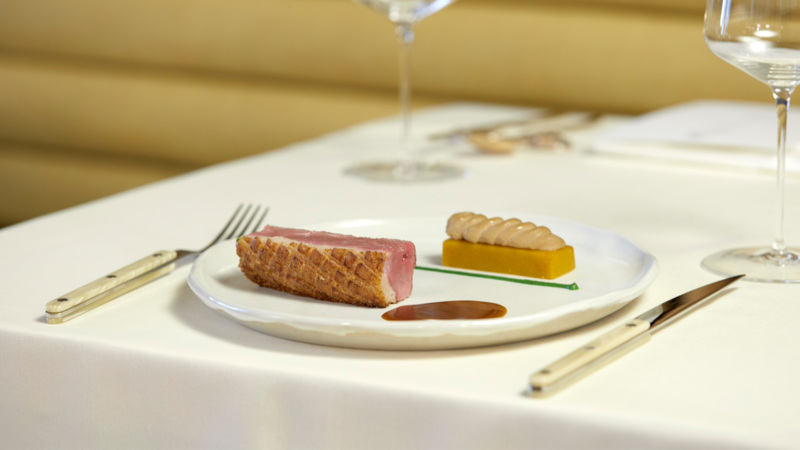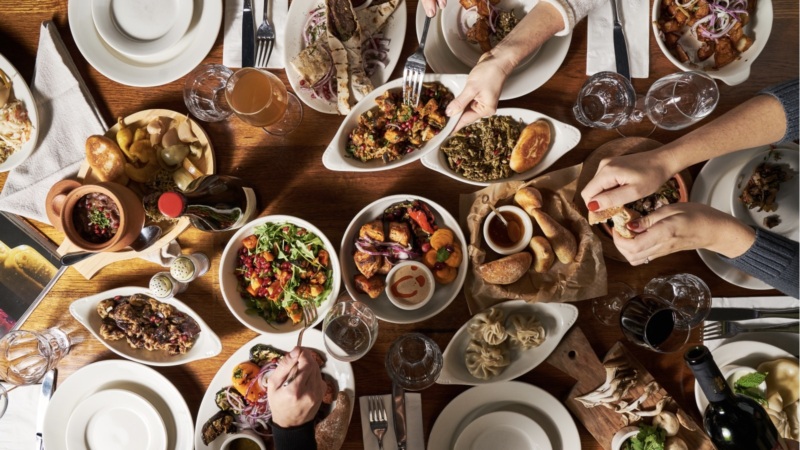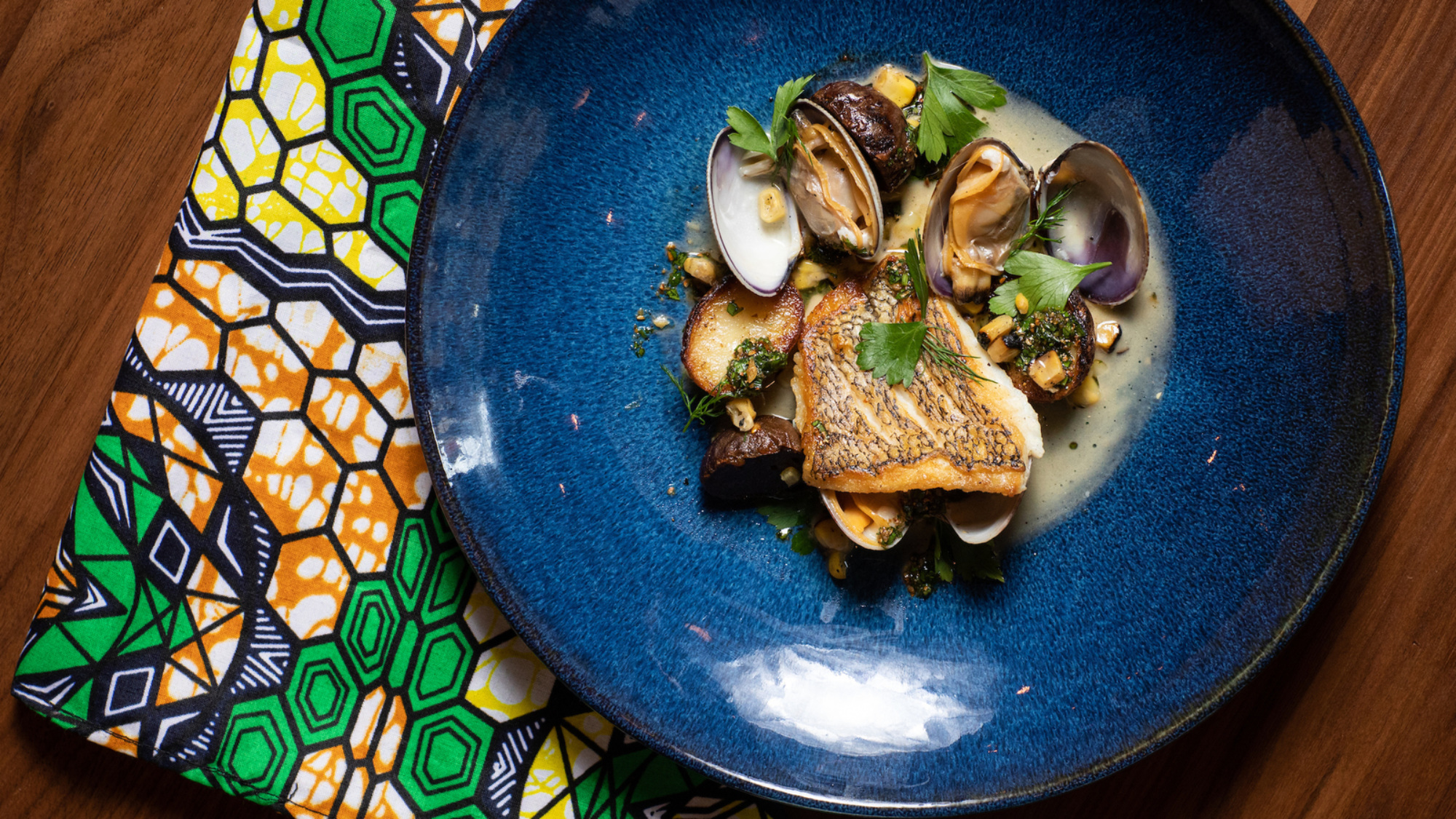
Marcus Samuelsson’s Hav & Mar Is the Post-Pandemic Restaurant We Need
“No one needs another restaurant in New York. People need a specific restaurant,” says Marcus Samuelsson, chef, author, restaurateur, and co-owner of Red Rooster Harlem. If anyone knows just what kind of restaurant that is, it’s Samuelsson, who has multiple restaurants around the world and has earned eight James Beard Foundation awards. Despite his experience, accolades, and hallmark originality, however, it was the chef’s deep reflection during the pandemic that gave rise to Hav & Mar, Samuelsson’s newest New York restaurant — and one that the city, and industry, does truly need.


With a diverse leadership team, including chef and native New Yorker Rose Noël, who is the daughter of Haitian immigrants, Hav & Mar celebrates contemporary Black cuisine and the joy of bringing multiple cultures together — an ethos that is evident in every detail, from the food and beverage purveyors to the art on the walls of this Chelsea spot, where a series of Black mermaids conveys imagination and, as artist Derrick Adams says, “an alternative way of looking at Blackness in a way that is fortifying and empowering and not comparative.”
The restaurant’s name is symbolic, too. “Hav” means “ocean” in Swedish, a tribute to where Samuelsson grew up, and “mar” is the Amharic word for “honey,” a tribute to his Ethiopian heritage.
Samuelsson, Noël, and the whole Hav & Mar team are also deeply committed to sustainability in a way that only chefs who endured the pains of the pandemic first-hand could be. For both, that goes beyond responsibly sourced ingredients and putting vegetables and sustainable seafood at the center of the plate—all priorities at Hav & Mar. Yes, they’ll serve bourbon from Matchbook Distilling Co, which turns leftover produce and waste products into spirits. Yes, their citrusy take on a margarita uses toasted avocado pits as a nut-free replacement for orgeat. But sustainability at Hav & Mar also means working with purveyors from BIPOC or marginalized communities, and supporting them in more ways than providing a paycheck.
We want to make sure that taking care of our team is on the same field of importance as doing a good job and getting good reviews.— Rose Noël, chef of Hav & Mar
This approach to support extends to the restaurant team, too.
“After the pandemic, not seeing your family is not an option anymore,” says Noël. “We want to make sure that taking care of our team is on the same field of importance as doing a good job and getting good reviews.”
Resy spoke with Samuelsson and Noël about the many ways the restaurant raises the bar for post-pandemic dining and why it’s so meaningful to both of them to open a restaurant like this in New York at this moment.
This interview has been edited for length and clarity.
Resy: How did you develop the concept for Hav & Mar?
Marcus Samuelsson: The whole experience came out of the pandemic, when I really questioned if restaurants mattered, and if people would ever come back. I thought, if we’re going to come back, let’s do something that really matters: to me, to us, and to the hospitality community that I love. I asked myself, “What were the things that I rarely saw when I was coming up?” It was women in leadership and women of color in leadership. So we leaned hard on creating a much more equitable space and creating something that was of African American culture but for everybody. That was one slice of the pie.
Another slice of the pie was sustainability. Fine dining is so hard to get into, for consumers but also for farmers, so I wanted to make sure we worked with farmers who come from marginalized communities and BIPOC communities.
Going deeper, the way music was part of Red Rooster, I also knew that art would be part of us opening a restaurant in Chelsea. That goes beyond just having art on the walls to actually collaborating with artists. Derrick Adams and Thelma Golden are partners in the restaurant. [Ed. note: Adams is a critically-acclaimed artist and Golden is the director and chief curator of The Studio Museum in Harlem]. So that’s what we set the table for.
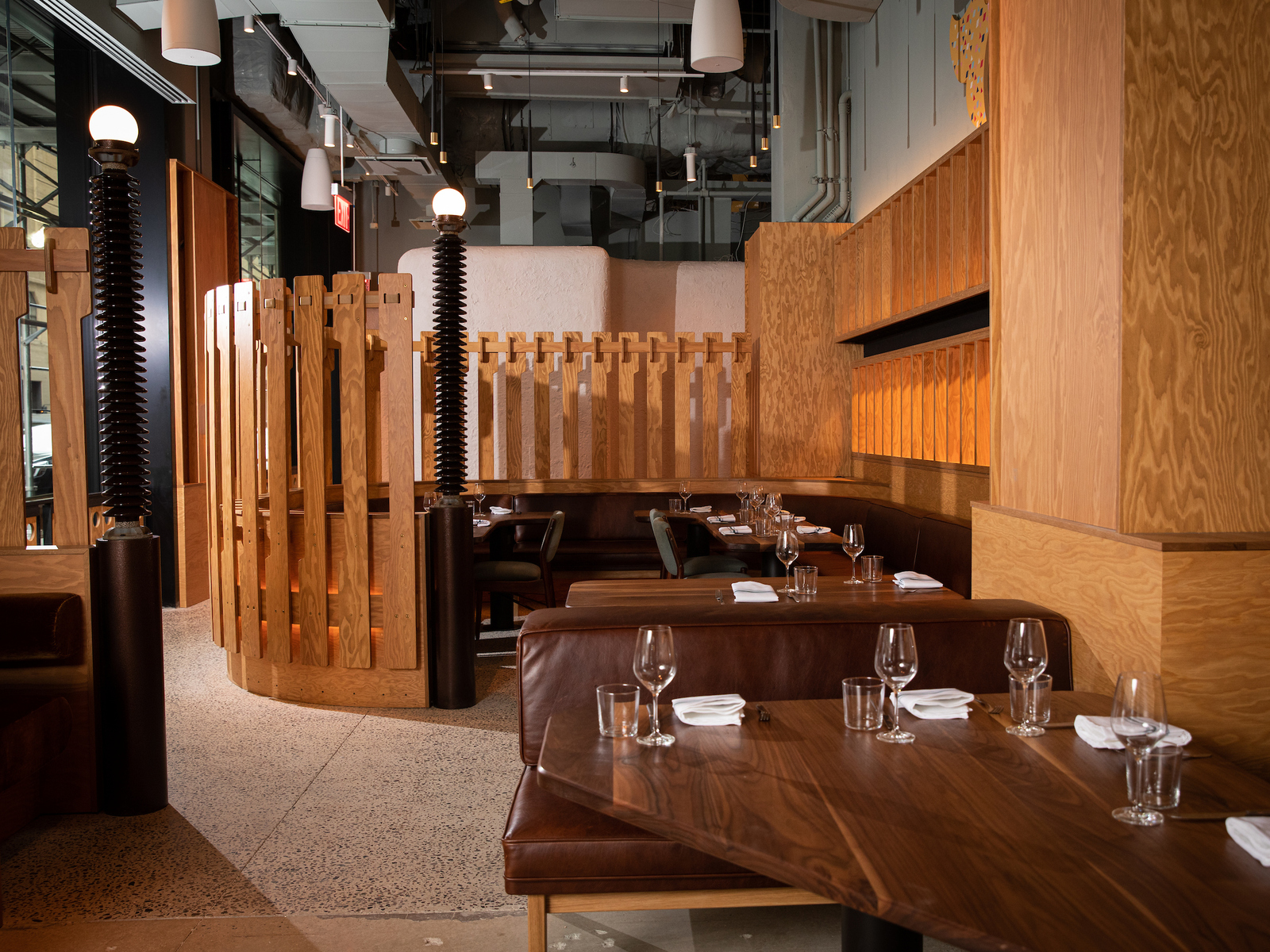
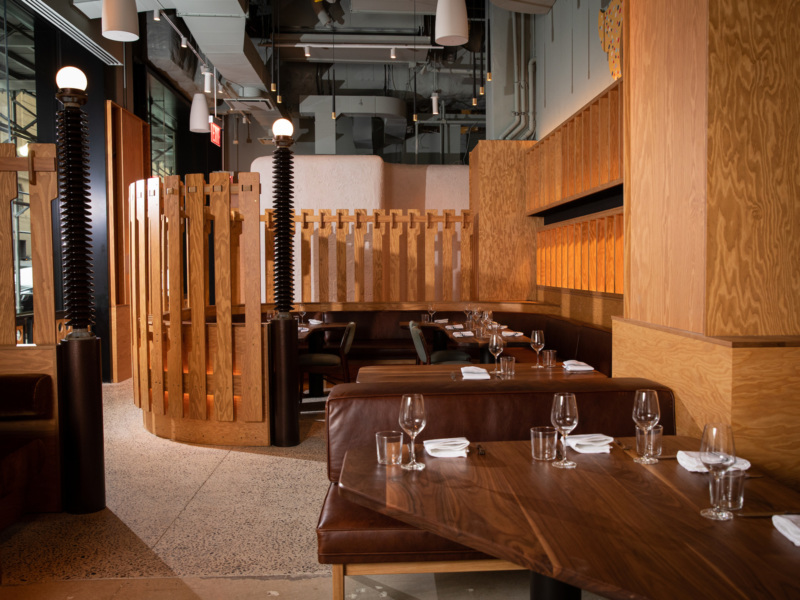
Resy: Can you talk about the restaurant’s focus on sustainable eating and specifically on seafood?
Samuelsson: I started to cook differently at home [during the pandemic], with less animal protein. If I had fish, chicken, or meat, it was more four or three ounce cuts, with the vegetables at the center of the plate and the protein left of center. It wasn’t about being vegetarian, but I just really enjoyed eating that way.
Once I got into sustainability and identity, I started thinking about how I grew up on an island, and you can’t talk about sustainability without thinking about the ocean and the waters: what’s in the waters and how we take care of that.
Rose Noël: I’m on the project mostly because it’s seafood. My last restaurant, Maialino Mare, was 100 percent seafood-focused, and I love cooking seafood. If you have a fresh piece of fish, you don’t have to do much to it. I eat vegetables off the market stand and like things that aren’t complicated by all the things you could do to them. Seafood is definitely one of those things. We’re getting most of it from Samuels & Son seafood. They do a lot of local and sustainable fishing. When something’s not available, they just let us know and we pivot. We live in the world of what’s available now. For example, we have a whole fried fish and if, say, trout isn’t available, it’s not like we don’t have fried fish on the menu. For our crudo, there’s half the ocean’s worth of fish that could fit into that presentation.
Sustainability isn’t just green … [T]here’s also the hidden sustainability of keeping people in business who might not have the opportunity to express themselves.— Marcus Samuelsson
Resy: What are some of the restaurant’s unique sustainability efforts?
Noël: All of these years, I’ve really enjoyed the relationship with the market, so a lot of produce is coming straight from there. And farms like Norwich [Meadow Farms] and Lani’s have the ability to start growing things that might be easier to grow in Sweden and Ethiopia that we just don’t grow here. So instead of importing things from far away, they are willing to grow ingredients that are difficult to find in New York, like mulukhiyah. It has a couple different names and is grown in Haiti, where my mom is from. They use it for a stew the way we might cook down kale. It’s kind of like greens mixed with okra and has a beautiful texture that melts into what you’re cooking.
Samuelsson: We’re really thinking through the seafood and making vegetables the center of the plate. You can go through an hour’s long experience without having any animal protein at all and without even thinking about it. It’s important for us as creators to take off these labels.
When Wolfgang [Puck] and Alice [Waters] introduced California cuisine to the world, they brought their farmers along with them. This is what we want to do here: introduce, or reintroduce, these amazing craftspeople not only through our food but maybe somewhere else, like on a separate page or through a demo we’re doing that you can view on an Instagram video.
Why do we have a big open kitchen? Because you’re going to see the female chefs and leadership. What could be better than just being transparent and opening it up? Sustainability isn’t just green. Yes, we have a chicken dish where we use the skin and the bone in the broth—that’s kind of expected. But there’s also the hidden sustainability of keeping people in business who might not have the opportunity to express themselves.
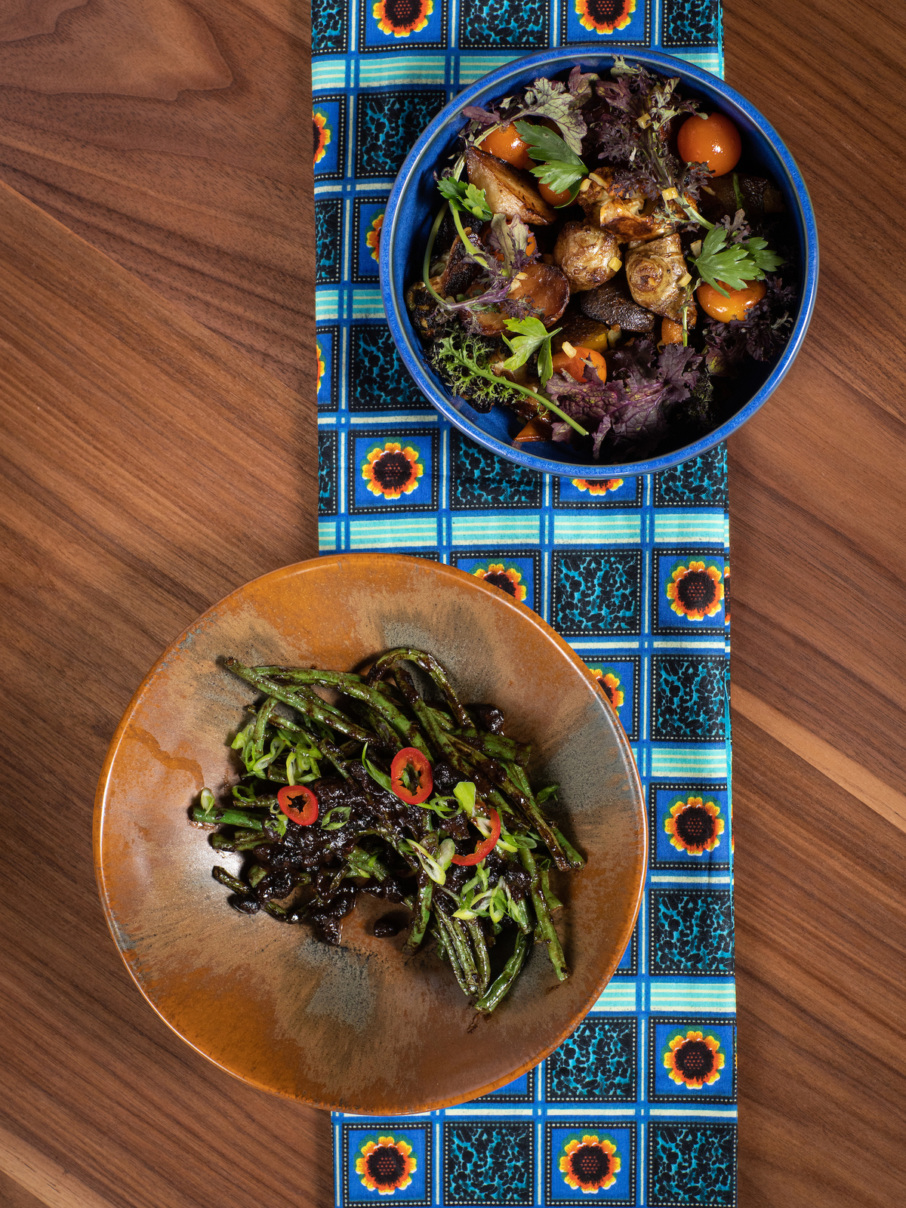
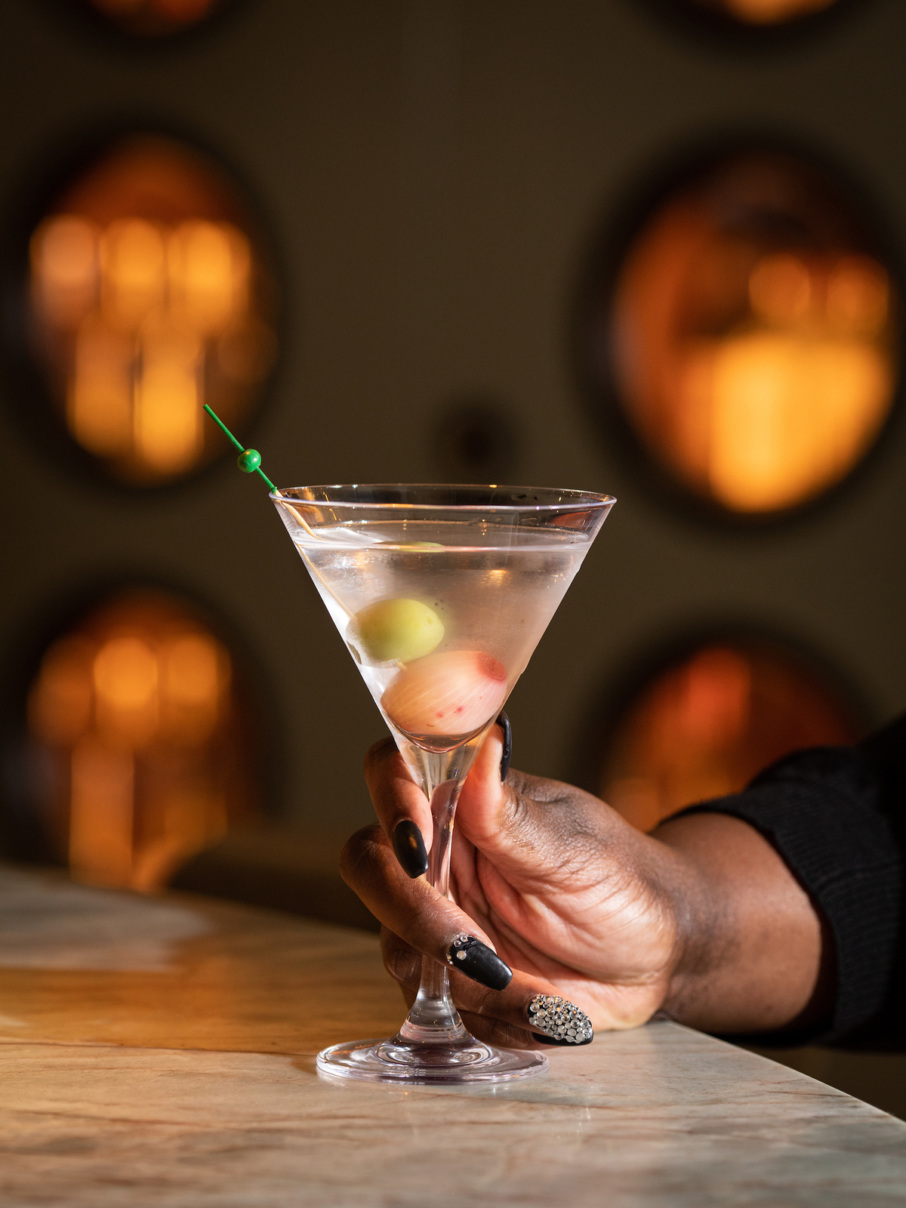
Resy: Are there certain dishes that have a very personal reference point or inspiration for you?
Noël: One is my mom’s pikliz. My mom cooks from no recipes at all, so it’s been hilarious trying to get a grasp on how she does it. There’s also this base spice mix that we use when we’re cooking called epis. Everyone’s parents put different spices into it. We use scotch bonnet peppers, lemon and lime juice, bell peppers, sour orange, cloves, black pepper, and red onion. We’re using it for the base of our Black Mermaid Rice, which comes with djon djon mushrooms with crab, lobster, and green peas.
Samuelsson: The Swediopian is berbere-cured salmon and obviously brings my two sides together. We have a tartare dish that stems from my wife’s tribe in Ethiopia. There’s also a lobster and chicken dish [called the Grand Jubilee], which is a transitional dish for me, as I think a lot about Red Rooster. For me it’s also about joy and celebrating the joy that we are back. Hospitality does matter and the way that all my friends in the industry hung in there was very inspiring to me. It’s about connecting with our communities and sharing that.
Resy: What does it mean to you to be opening a new restaurant in New York City at this moment?
Noël: Crazy. Everything I’ve talked to my friends and fellow chefs about revolved around not being sure how, when, or if this industry was going to recover after the pummeling it took during the pandemic. So it feels good to be part of a new restaurant opening this close to what was tragically the closing of so many during the pandemic. I did want to get back to New York, not because I didn’t like D.C., but because I was thinking about where I wanted my career to end up. And it will be nice that for my parents it won’t be a four- or five-state trek for them to come and visit the restaurant where their daughter’s working.
Samuelsson: It’s a privilege. It’s almost like something was taken away from us as chefs and creators, and it’s a privilege to open again. It’s also a privilege to introduce these new stories, like of our baker, Farheen Jafarey, who is from Pakistan, or our GM, Franshelis Montalvo, who is a Brazilian Dominican and mother of two. It feels like a different way of opening.


